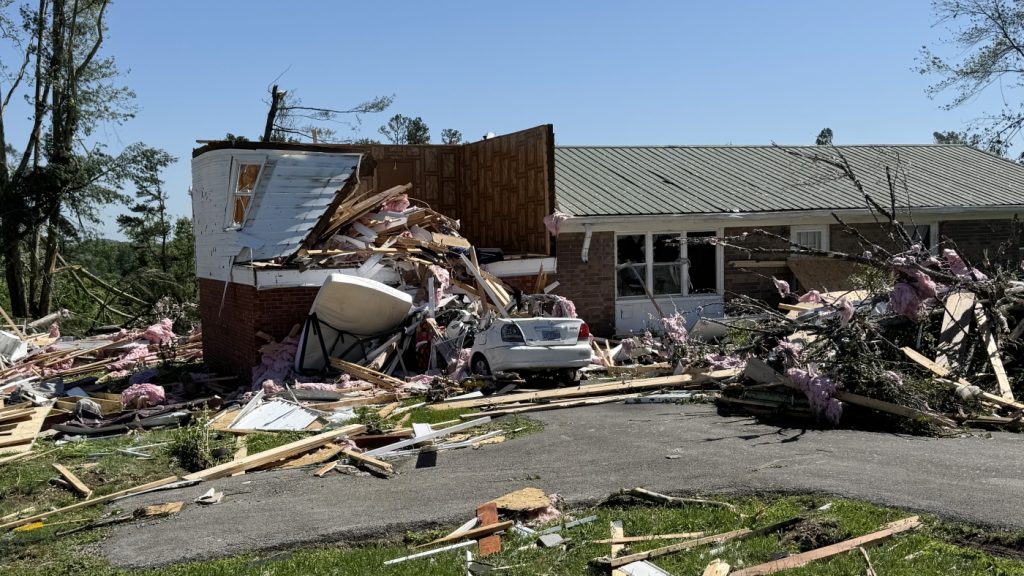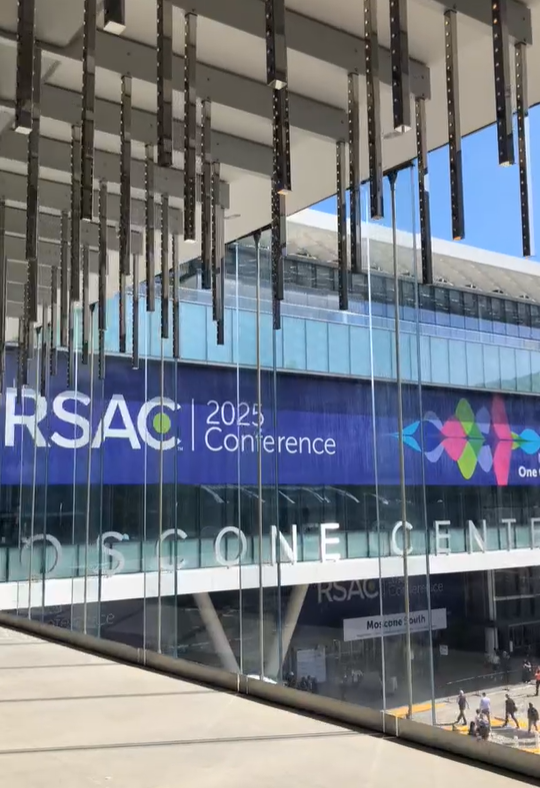Now Reading: Not every US president gets a free private jet, but the Gulf states have boosted US economic dominance for decades
-
01
Not every US president gets a free private jet, but the Gulf states have boosted US economic dominance for decades
Not every US president gets a free private jet, but the Gulf states have boosted US economic dominance for decades
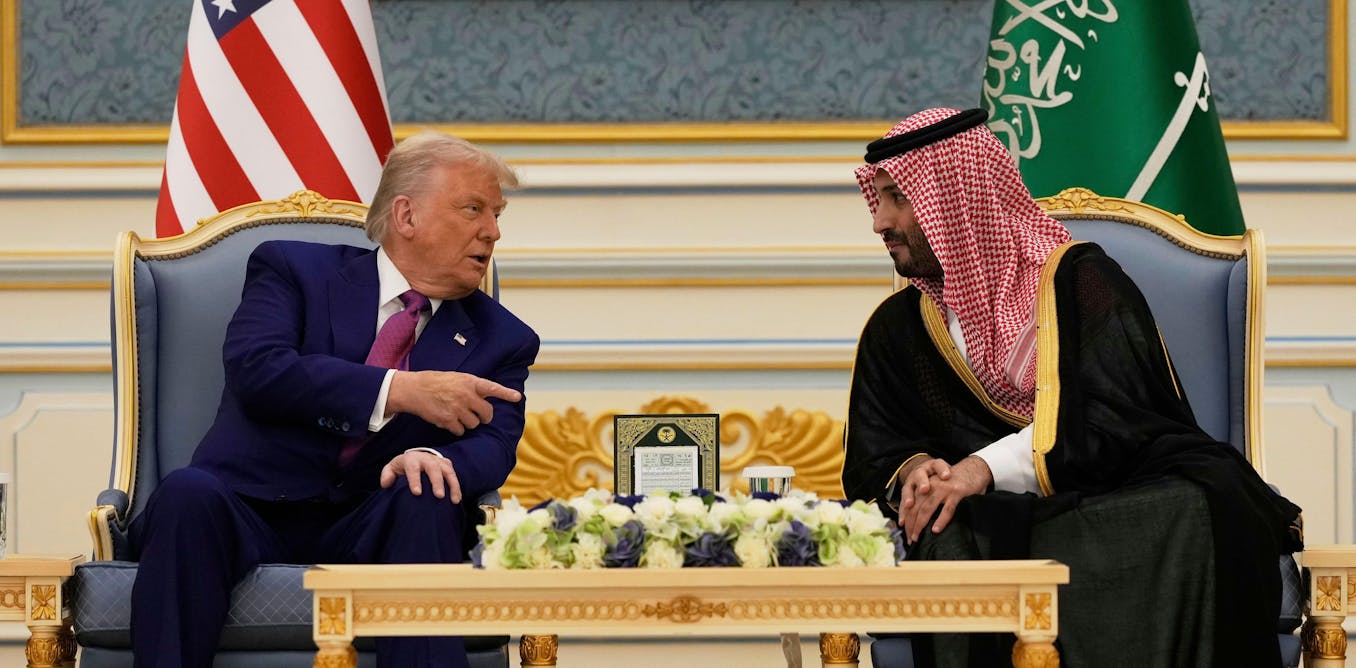
Donald Trump expressed that the US bond with Saudi Arabia was “more powerful than ever” after finalizing a $142 billion arms deal. He was also delighted with a private jet gift from Qatar. These recent agreements are part of a longstanding history of Gulf monarchies backing American global power. Despite the Gulf states starting to shift their energy and trade connections towards China, they continue to be deeply intertwined with the US-led financial system. The Gulf states played a crucial role in the ascent of American global economic dominance, as detailed in the book “Crude Capitalism.”
The Gulf’s nationalized oil industries generated substantial income during the latter half of the 20th century, a portion of which was invested back into the US financial markets, particularly in treasury bonds. This facilitated the US’s access to affordable foreign capital and reinforced the dominance of the dollar. The Gulf states were not on the periphery but a crucial contributor to the US’s expanding financial power.
The relationship also entailed a political agreement: US military defense for the Gulf monarchies in return for investment flows and energy security, resulting in a network of US military bases in the region. However, significant changes have occurred in the last two decades, with China’s emergence as a global manufacturing hub reshaping the Gulf’s oil exports towards China and east Asia.
China’s increasing investments in the Gulf have deepened trade interdependence, with China now being the largest foreign investor in Saudi Arabia. The Gulf’s economic outlook appears robust, with substantial foreign reserves and sovereign wealth funds. A significant portion of this wealth is invested in the US markets, with the Gulf being a major foreign investor in US securities.
The strategic, financial, and military connections between the Gulf and the US were central to Trump’s visit to the region. Discussions likely revolved around substantial investment commitments by Gulf states to the US, reflecting a broader agenda encompassing various sectors. Trump’s visit underscored the enduring structural relationship crucial to American power and the deepening financial integration between the Gulf and the US, despite the Gulf’s energy shift towards the east and the evolving global power dynamics.


